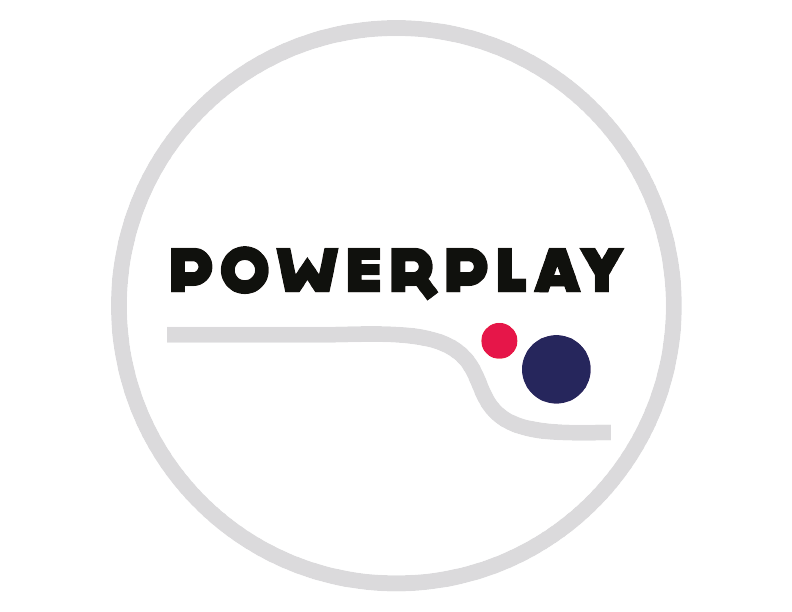Workout routines should conclude with ample time to stretch and rest. Yes, you’ve finished the ‘hard’ part, but rushing out to whatever is next (even if it’s sitting at a desk) can actually set you back. By skipping this recovery step, muscles stay contracted (stressed)- and will eventually leave you feeling sore, and less motivated to conquer your next workout with gusto.
By making recovery (at the gym and at home) a non-negotiable, you will experience happier muscles, clarity of mind, and a stronger mind/body connection. Here’s a breakdown of our recovery + restoration essentials:
1. Muscle Shivasana If you practice yoga, you’ve heard that shivasana (corpse pose, where you lay on your back in complete relaxation) is the most important pose of the practice. Channel this thinking during more rigorous strength training by ending with slow stretching and breathing. To start, tune-in to where you feel the most tight: relax, find your breath, stretch to relieve tightness, and breath. Follow by stretching any additional muscles you just worked.
2. Roll it out Foam rollers are great for daily myofascial (muscle pain) release. Use your roller for a quick 15-minute self-care session. You can focus on one or two muscle groups (ie: fronts and backs of legs), roll out your entire body, or concentrate on your most sore muscles during each session. Try to spend at least 60-90 seconds rolling out each muscle group. A roller we love is by OPTP. They also have good roller balls which can be used to self-massage target areas like shoulders and feet.
Try this! Use different tools to get the job done: for large muscle groups, a traditional foam roller will help release large areas of tissue; a set of rolling balls or recovery balls will work wonders to target smaller areas, like the hip flexors and shoulder blades; a specialized foot roller is essential for keeping your feet pain-free.
3. Headspace Our modern, multi-tasked lives operate in non-stop busy mode. At the end of the day, our minds and nerves are tired but stimulated. Whether it’s from work, family, or worry – whatever is on our minds, needs a place to rest (so we can sleep and recover). Carving out some time and developing a daily habit to quiet your mind and reflect on your priorities, will not only help you stay focused, but will also allow your muscles to relax. It’s not easy to switch from busy mode to meditation bliss, so try something that still involves doing, like journaling or taking a shower/bath with intentional mindfulness to clear your head so you can rest.
4. Stay hydrated (beyond water) Water plays a significant role in the process of recovery - helping digest vital nutrients and repairing muscles damaged during exercise. In addition to drinking water, eating foods with high water content will help you stay hydrated throughout the day. Watermelon and strawberries are composed of over 90 percent water. Grapefruits, melons, lettuce, and cucumbers are also great for hydration. A homemade broth is a also an unexpected nourishing and comforting way to up your hydration (just watch the salt).
5. Massage as therapy Reward your mind + body with a good massage, which is especially beneficial following a workout. Oftentimes, rewarding ourselves is associated with a celebratory meal or drink, which we love too! Pro-athletes get massages as part of their therapy - not just because it feels good but because it promotes blood circulation and more effective muscle recovery. Next time, swap that celebratory meal for a killer massage.

